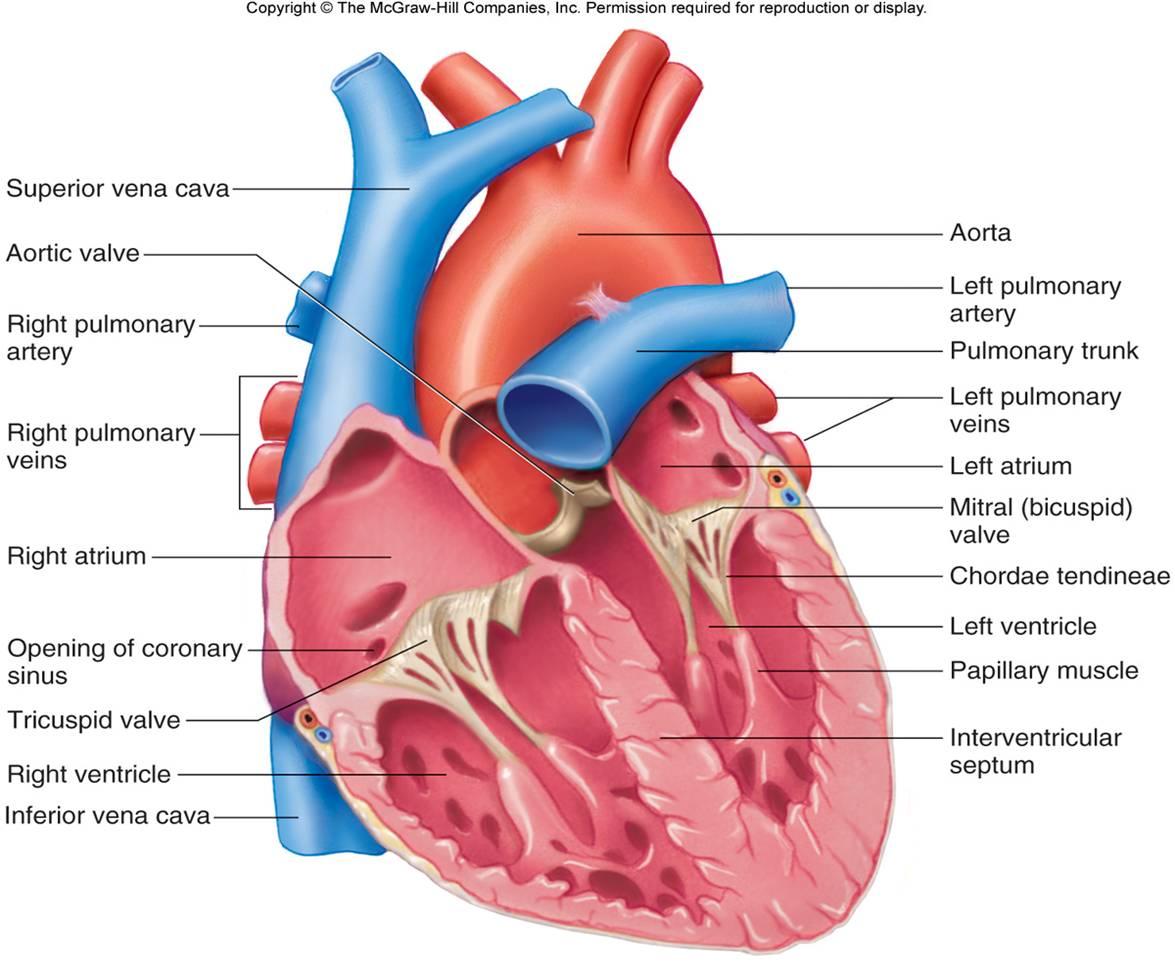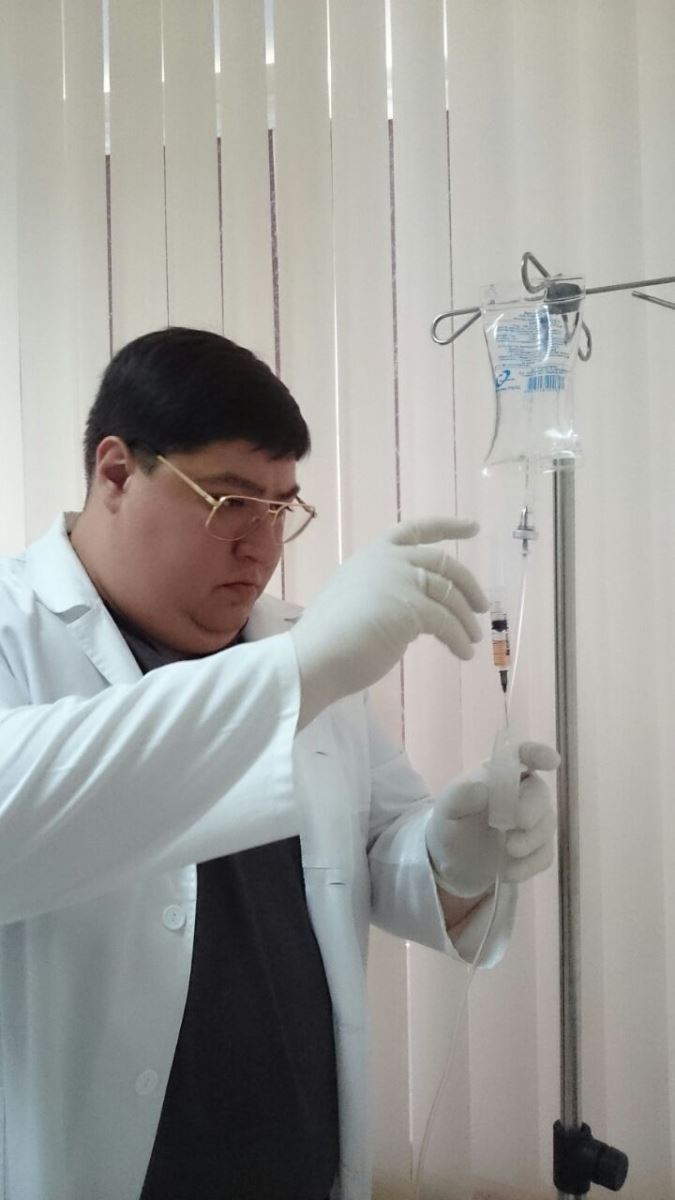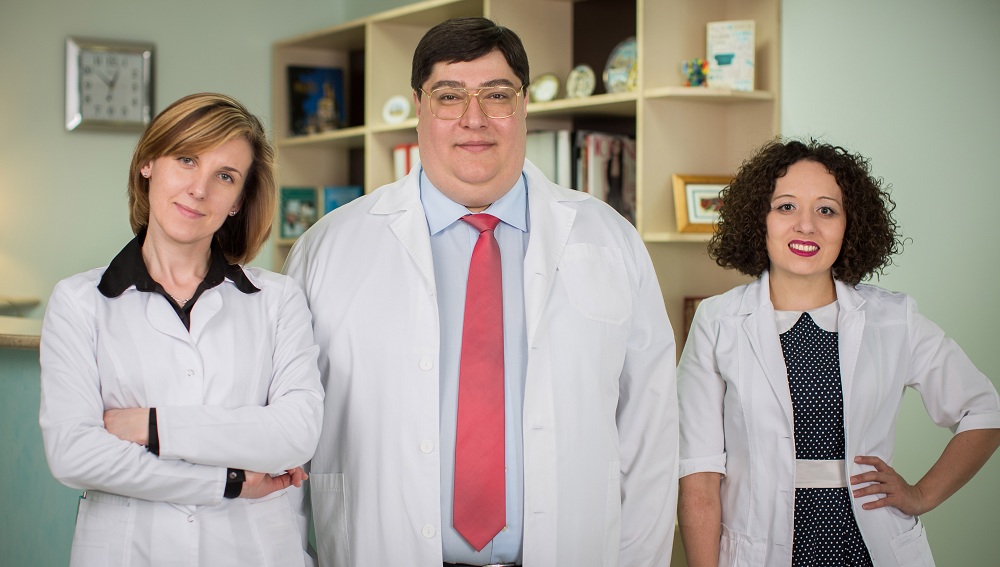
Case Study 2015 (Heart Disease)
 A 70 year-old male, having history of hypertension and cardio-vascular disease for several years. Through carotid sonography examination, he was diagnosed as having carotid arteries plaque with luminal stenosis. Cardiac ultrasound examination showed left ventricular hypertrophy and bicuspid & tricuspid valves incompetency.
A 70 year-old male, having history of hypertension and cardio-vascular disease for several years. Through carotid sonography examination, he was diagnosed as having carotid arteries plaque with luminal stenosis. Cardiac ultrasound examination showed left ventricular hypertrophy and bicuspid & tricuspid valves incompetency.
This mean, he was facing chronic ischemic heart disease. Therefore he was classified as high risk group for future cardio-vascular disease and stroke. Fortunately, he has received perfect medical attention and having habit of regular check up yearly.



Same as other cardiac patients, he takes medicine daily as instructed by his doctor. But he definitely realized that as aging, his cardio-vascular function will be declaiming. Therefore, he selected to go for stem cell transplantation for 3 times in (2012, 2013, 2014) and received twice stem cell growth factor therapy (2014 & 2015).
In the year 2015, he went for Nuclear Medicine Study, EKG-gated myocardial perfusion imaging (MPI) treadmill (Bruce Protocol) & Resting.
Scintigraphy Findings:
- The patient exercised to 86% of the maximal aged-predicted heart rate with total exercise time of 6 minutes and 27 seconds. The treadmill EKG showed no significant ST change.
- No chest pain was noted.
- The initial and 4 hours delayed showed no significant reversible perfusion defect in the myocardium.
Diagnosis:
- Under adequate treadmill test
- No significant stress-induced ischemia noted
- Good LV systolic function
Conclusion:
This patient who is suffering from Chronic Cardiac Vascular disease for many years. After receiving 3 times of embryonic stem cell transplantation and twice stem cell growth factor treatment, his cardiac function does not decline as aging, instead he possess even better cardiac function. He manage to pass through vigorous treadmill test and even after 4 hours delayed images showed no significant reversible perfusion defect in the myocardium. This indeed has proven to be a very successful medical case. We sincerely wish this patient to have a young and healthy body.
